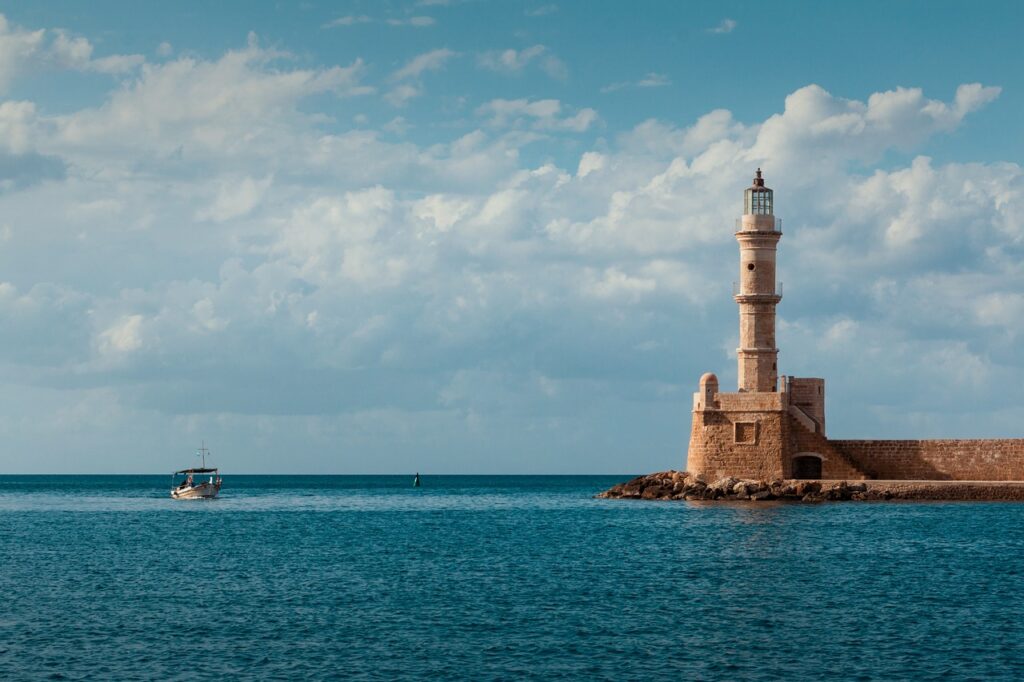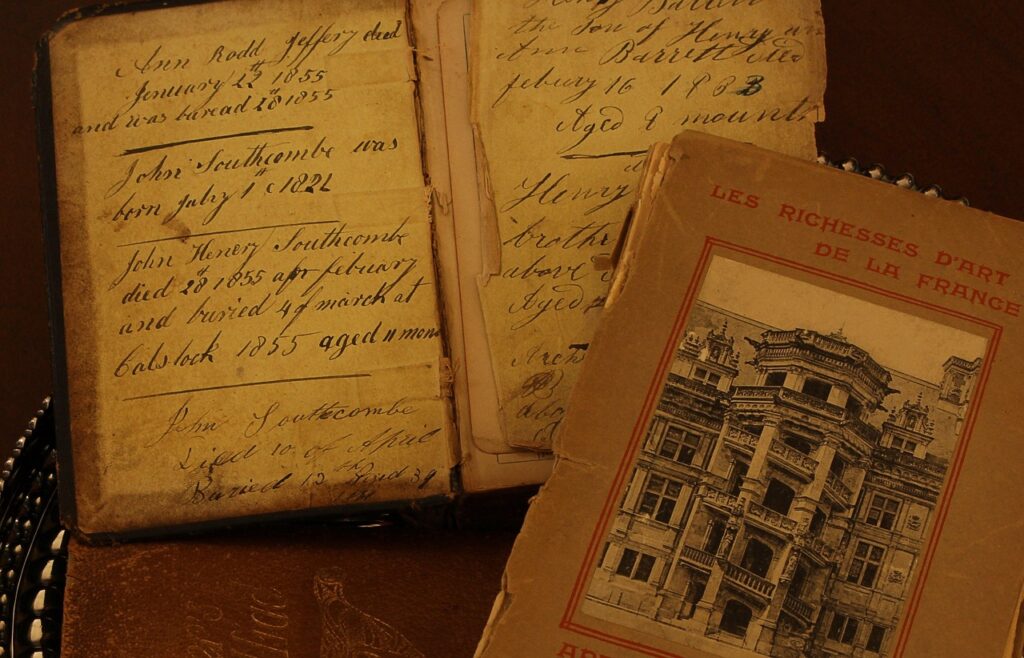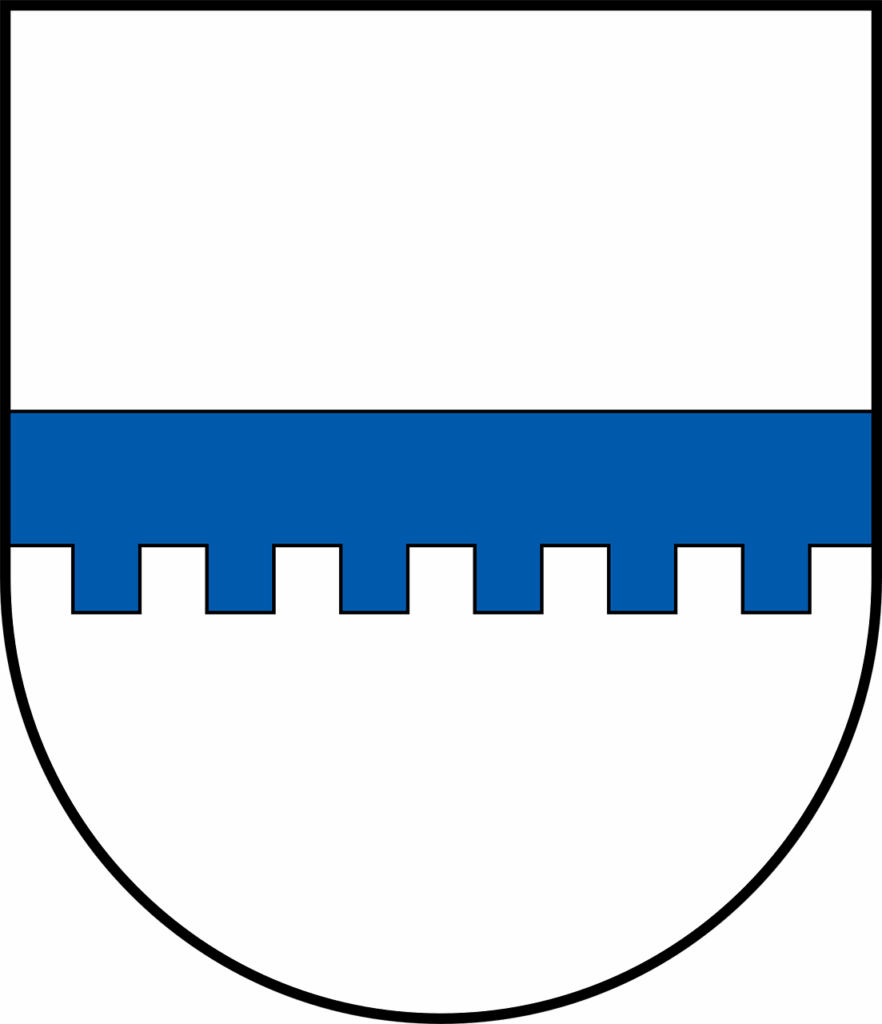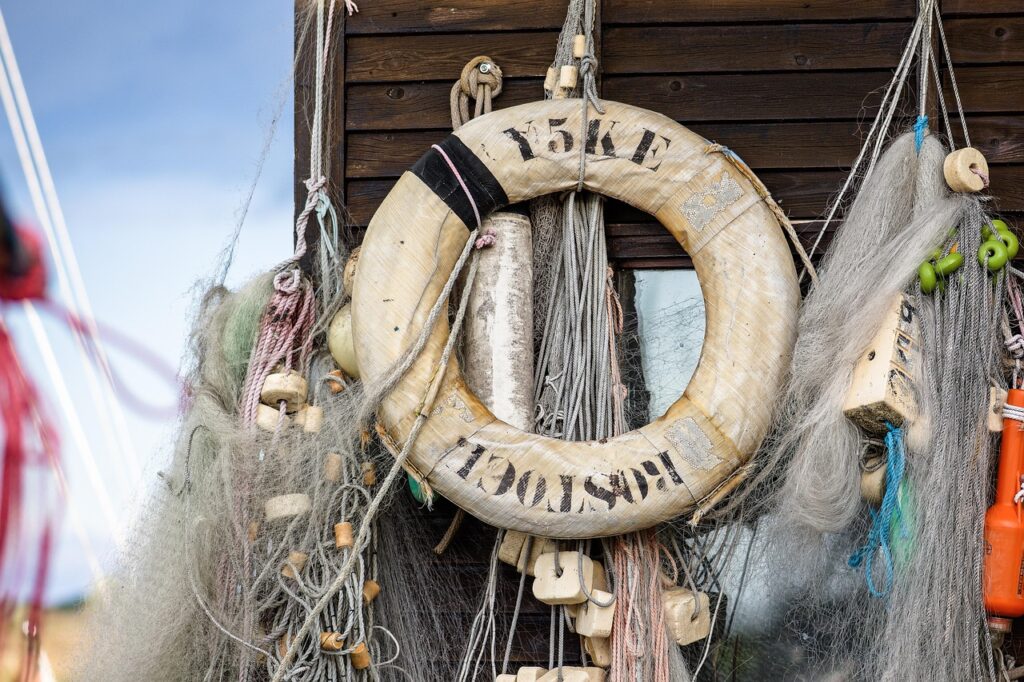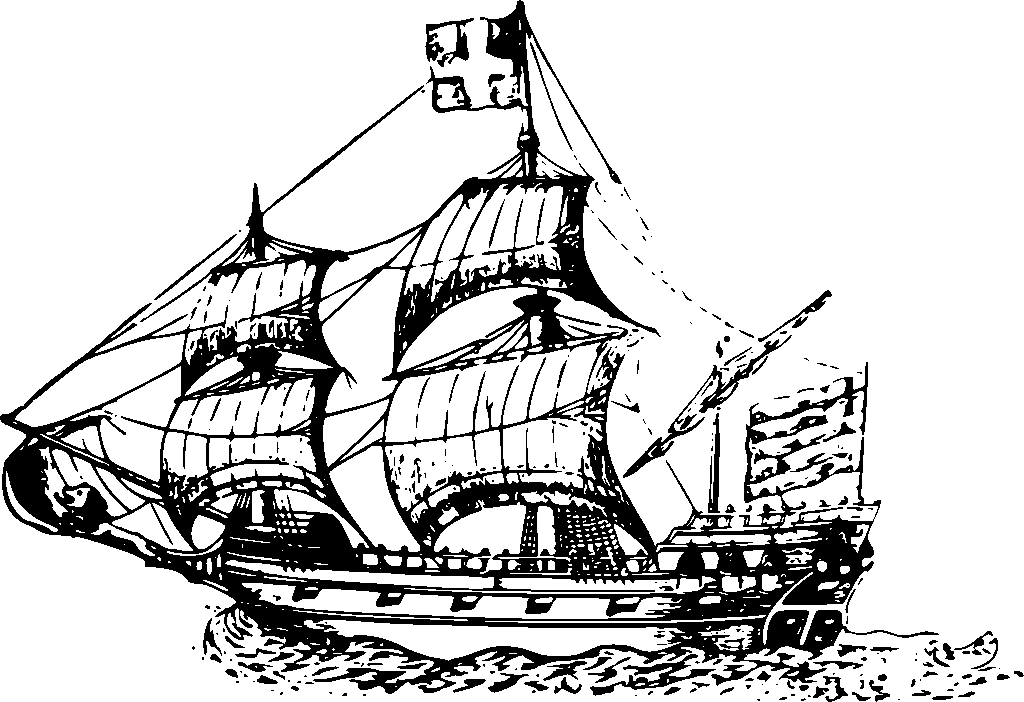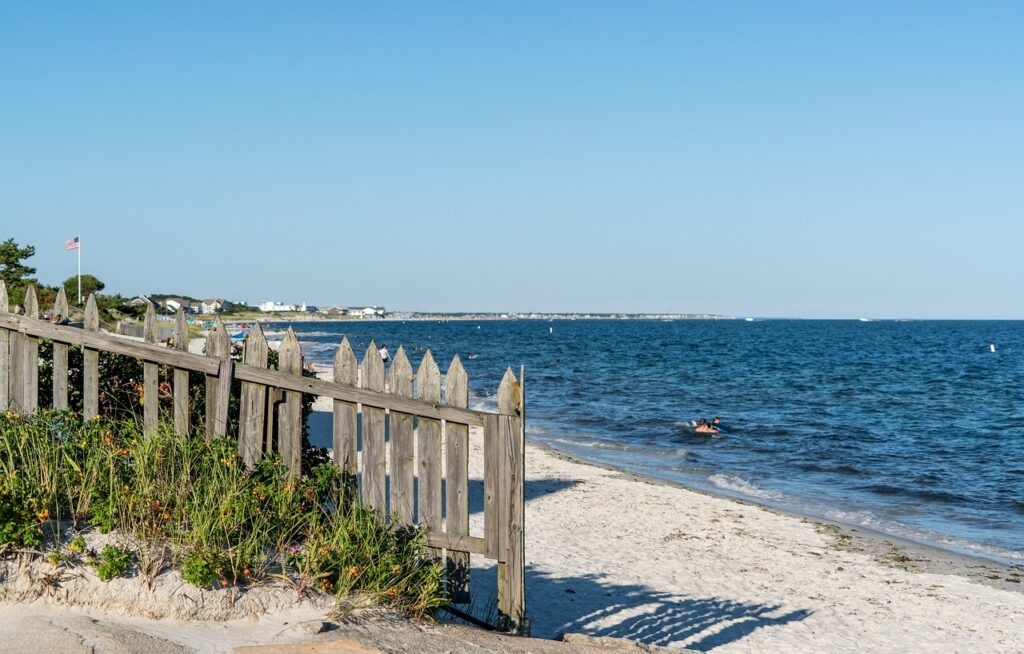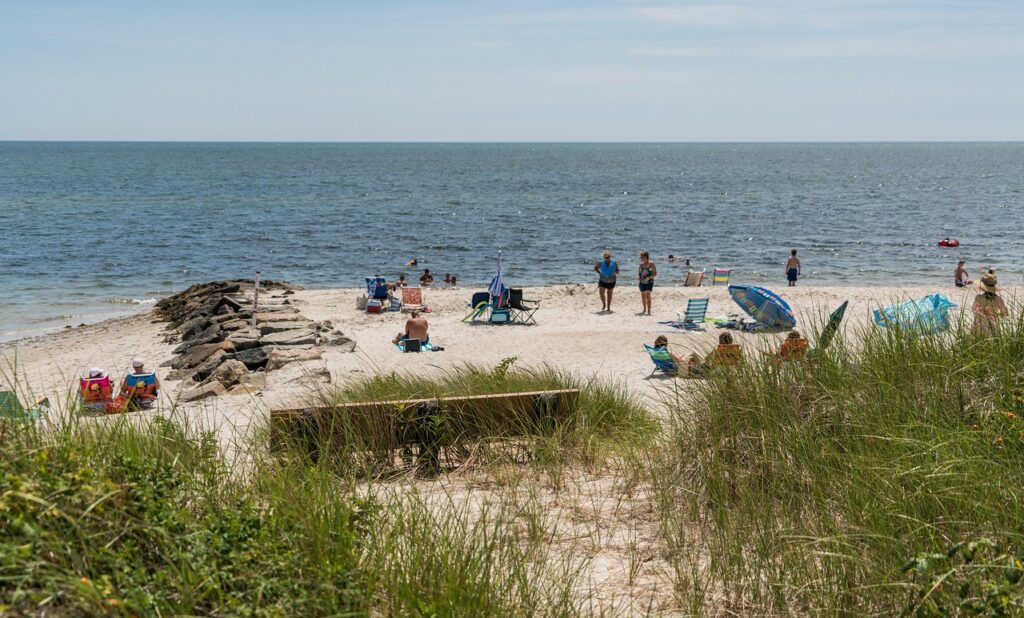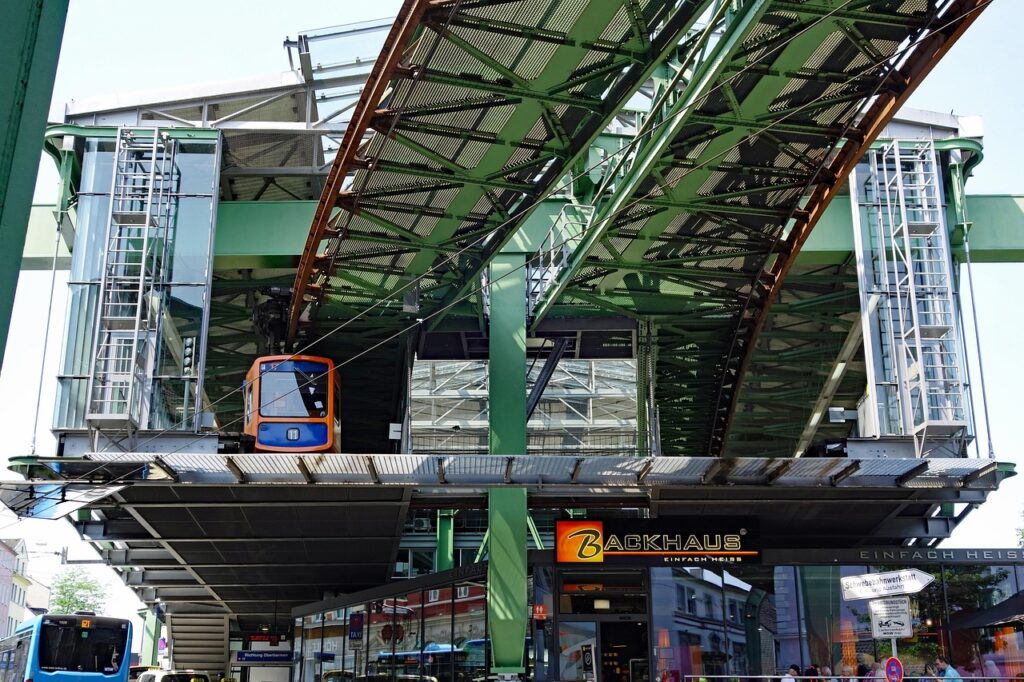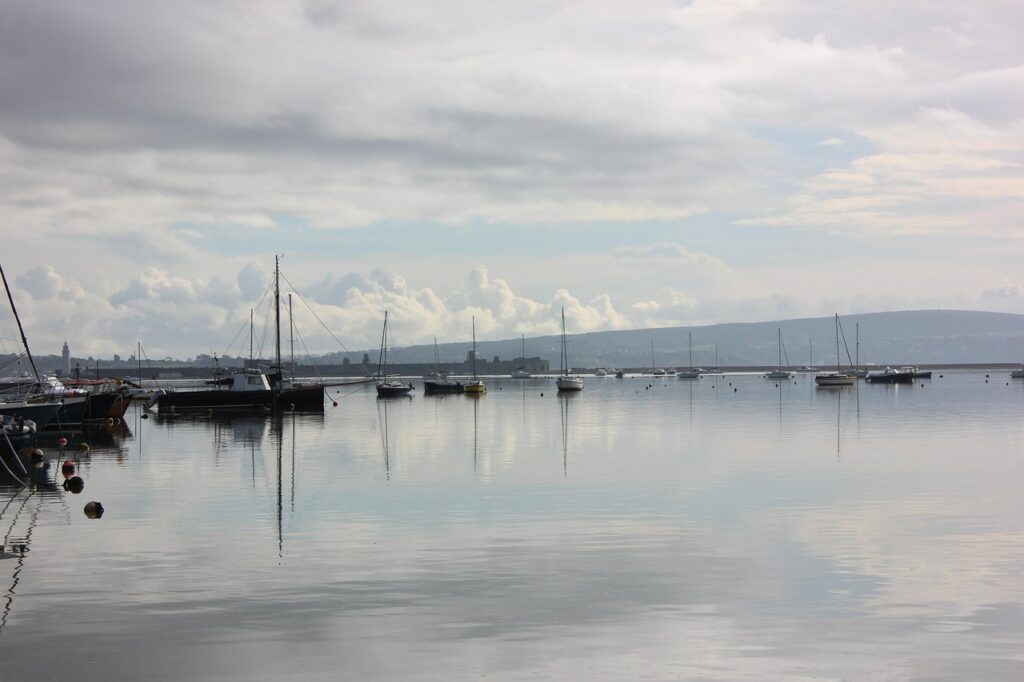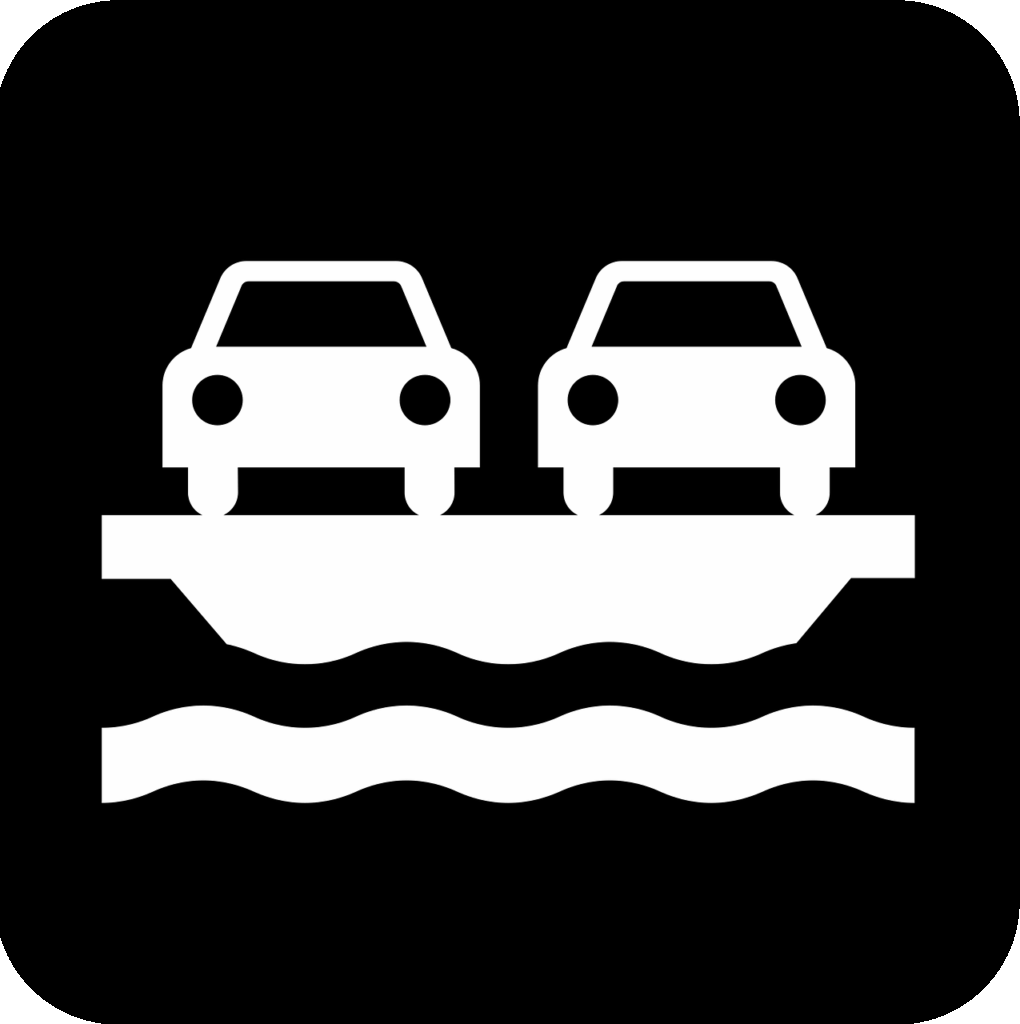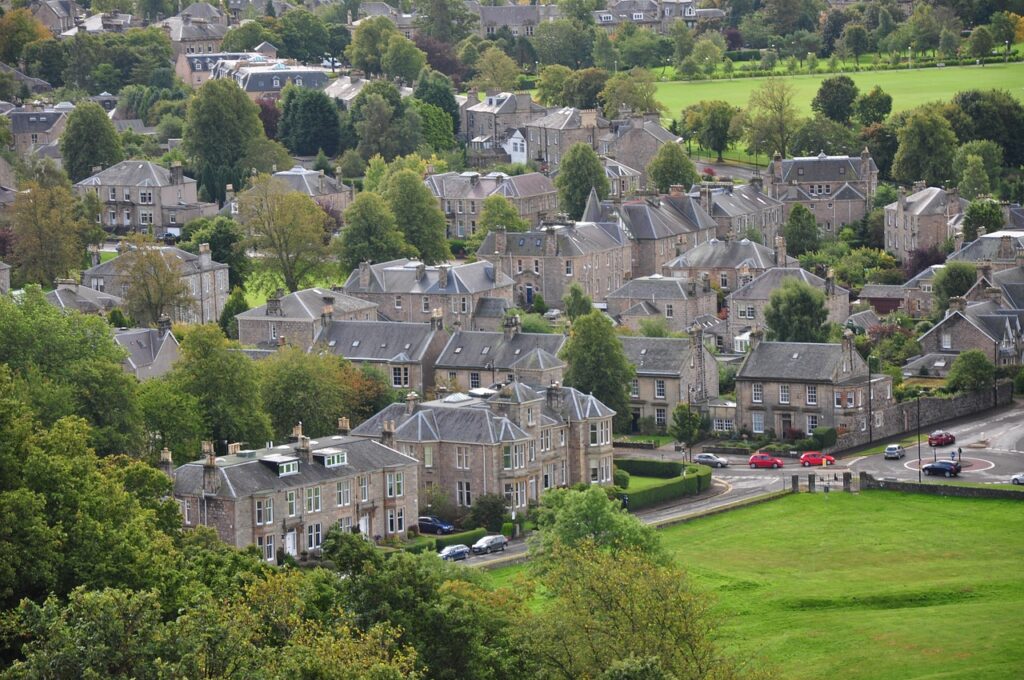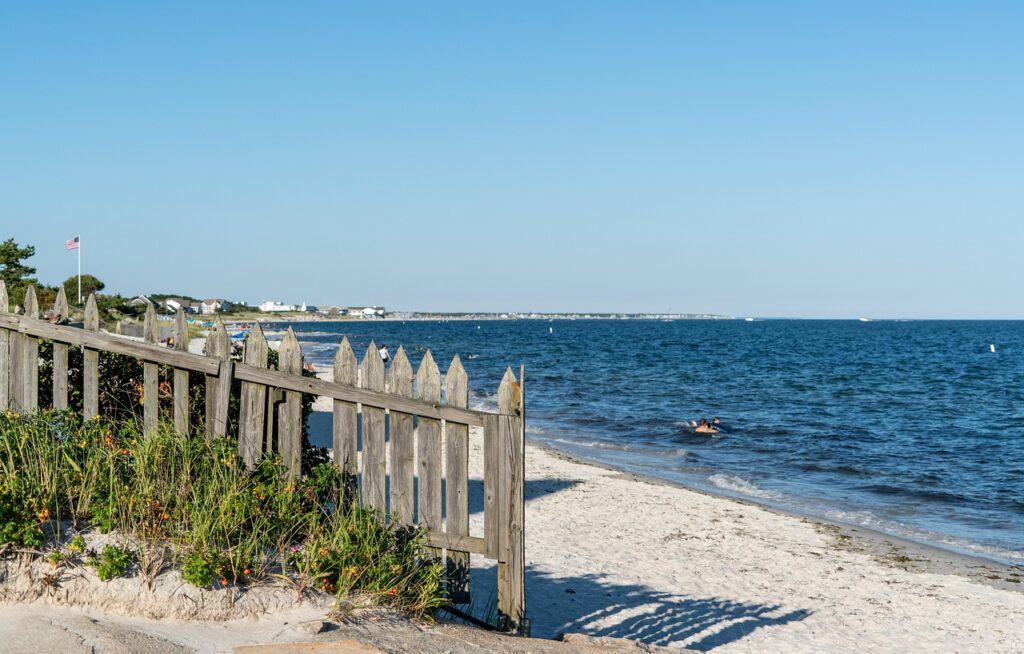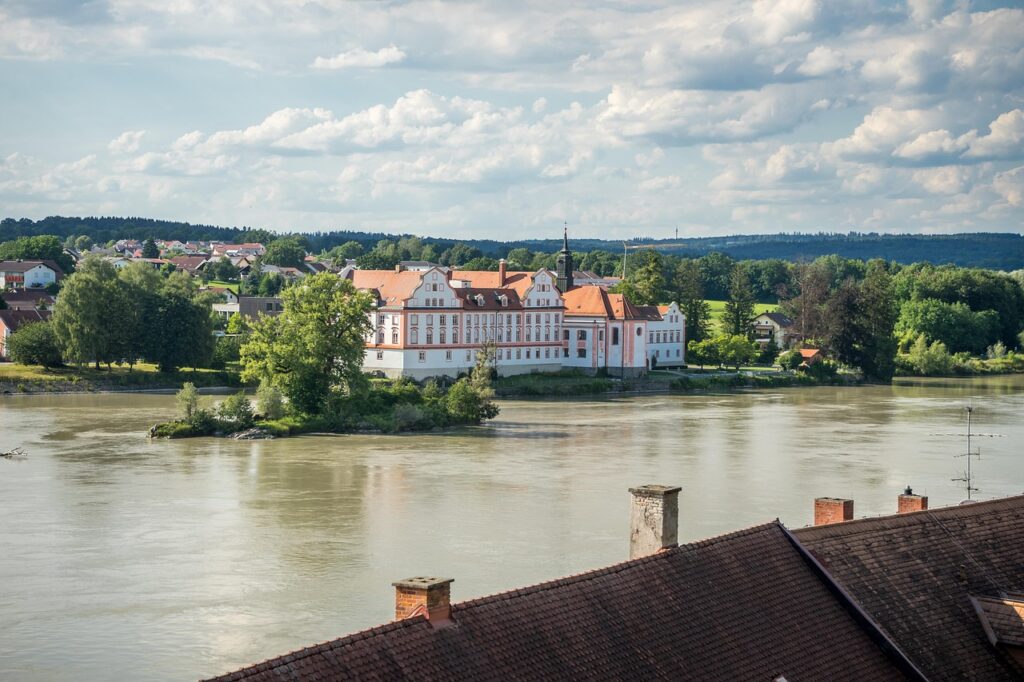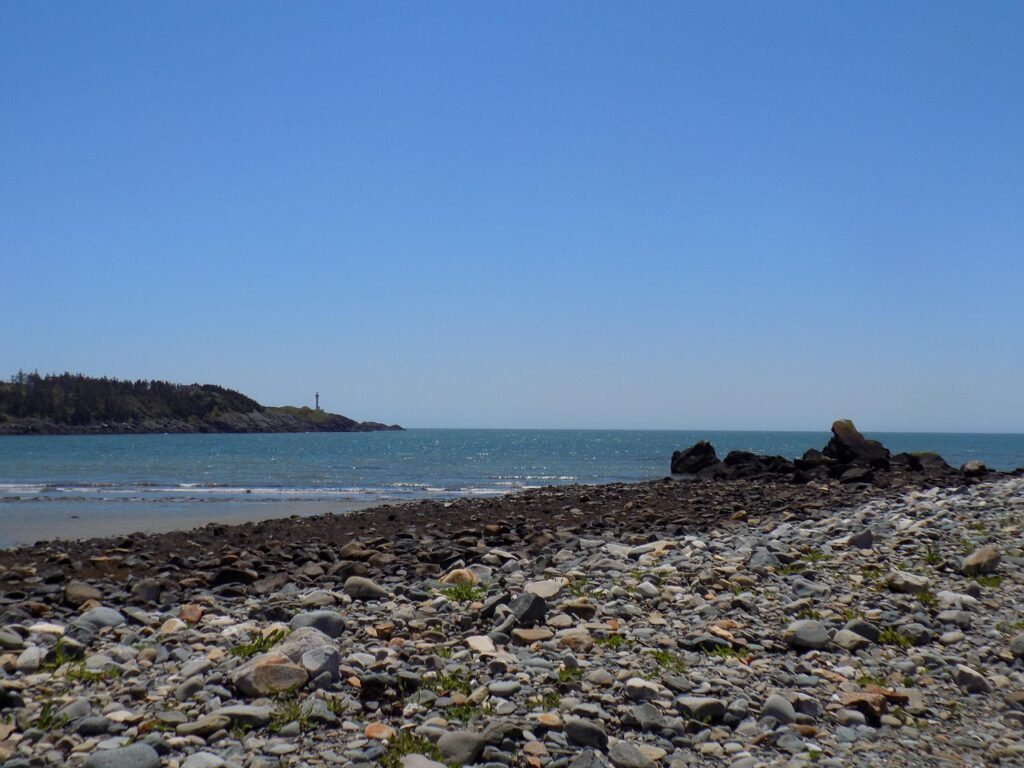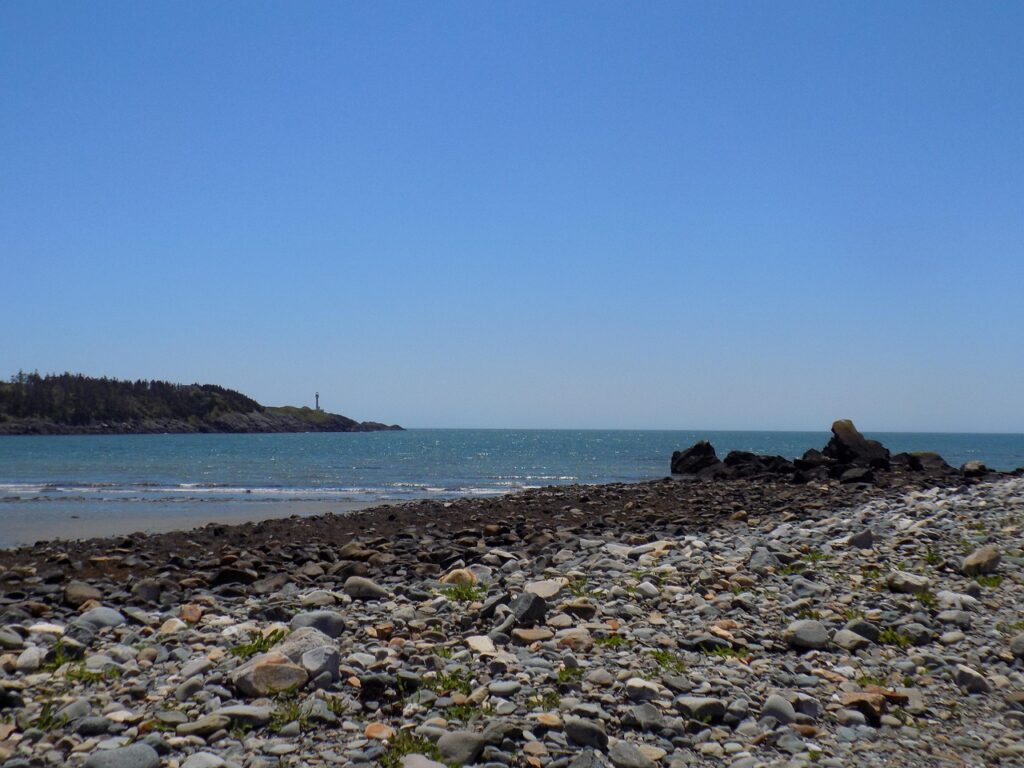On January 19th, 1915, two German Imperial Navy Zeppelins launched Britain’s first Zeppelin attack during World War I, targeting the Norfolk coast and marking a significant moment in aerial warfare history. The airships, L3 and L4, intended to strike military and industrial sites along the Humber Estuary but were diverted by bad weather, resulting in bombings of coastal towns like Great Yarmouth and King’s Lynn. This historic raid on Yarmouth combined strategic German bombing with the psychological impact of the new aerial threat, intertwining the fates of the Royal Navy and local communities.
How the First Zeppelin Raid Unfolded Over Britain’s East Coast
On that chilly January night, two mighty German airships, laden with bombs and incendiaries, took off from Germany with the Kaiser’s permission to strike military targets on Humberside. Yet, bad weather forced a sudden change of plans. Instead of the anticipated Humber targets, the Zeppelins veered over the scenic coastline of Norfolk. Their paths diverged: L3 angled toward Great Yarmouth, while L4 headed to King’s Lynn, leaving a trail of destruction and terror. Navigational lights made of incendiary bombs lit their way, as these slow-moving giants operated only under the cover of darkness.
Key Events of the Raid on Great Yarmouth by Zeppelin L3
- 🌟 Bomb 1: Incendiary device fell harmlessly on farmer George Humphrey’s flooded field near Little Ormesby.
- 🔥 Bomb 2: Preceding the main bombings, an incendiary scorched a lawn on Albermarle Road, causing a crater but no injuries.
- 💥 Bomb 4: The deadliest hit at St Peter’s Plain, killing the first British civilian casualty of aerial bombardment, Samuel Alfred Smith, along with Martha Taylor, and seriously damaging nearby homes.
- 🚫 Bomb 3 & 5: Two explosive bombs failed to detonate, later defused by local reservists.
- 🌊 Bomb 8: Bounced off Stone Quay into the river, narrowly missing sentries and causing no damage.
- ⚠️ Bomb 9: Significant damage behind Fish Wharf, including bursting a water main but causing only minor injuries.
| Bomb Number | Location | Effect | Casualties |
|---|---|---|---|
| 4 | St Peter’s Plain | Severe blast damage to homes | 2 dead, 2 injured |
| 9 | Fish Wharf | Damaged dockside restaurant and infrastructure | 1 minor injury |
| 6 | Southgate Road | Road damage, broken windows | None |
The Strategic Route and Impact of Zeppelin L4: From Sheringham to King’s Lynn
The L4 followed a more leisurely bombing route across several coastal villages before reaching King’s Lynn. Its first bomb, dropped on Sheringham, was a dud, humorously collected by a local resident in a bucket. However, later explosions inflicted casualties, and at King’s Lynn, the raid claimed the lives of two civilians, including a young teenager and a grieving war widow.
Highlights from Zeppelin L4’s Separate Path
- 🌅 Dropped the first bomb on Britain soil at Sheringham, which fortunately did not explode.
- 💣 Caused casualties at King’s Lynn: Percy Goate (14) and Alice Gazely (26) were killed.
- 👑 Commanded by Kapitanleutnant Count Magnus von Platen-Hallermund, who survived the war but died in a WWII air raid.
- 🌬 The airship was lost over Denmark shortly after, in February 1915, illustrating the fragile fate of these early aerial giants.
| Zeppelin | Commanding Officer | Outcome | Casualties |
|---|---|---|---|
| L4 | Count Magnus von Platen-Hallermund | Lost over Denmark, crew mostly lost | 2 civilians killed in King’s Lynn |
How the Zeppelin Raids Influenced Britain’s Military and Civilian Response
The raid on Yarmouth marked a frightening new chapter where the enemy was not just at sea but now in the skies. The Royal Navy scrambled to protect critical ports while local defense volunteers handled unexploded ordnance. Psychological impacts were significant, as citizens faced the novel threat of bombings from above, ushering in an era of air defense measures.
- 🚢 The Royal Navy intensified patrols to detect German ships and Zeppelins.
- 🛡️ Introduction of anti-aircraft defenses near vulnerable coastal towns.
- ⚡ Community efforts for bomb disposal became formalized following the failure of several bombs to detonate.
- 📡 Increased investment in early warning systems and air raid protocols.
Frequently Asked Questions About the 1914 Raid on Yarmouth and Zeppelin Attacks
When did Britain experience its first Zeppelin attack?
January 19th, 1915, when Zeppelins L3 and L4 bombed Great Yarmouth and King’s Lynn.
What areas were targeted during the first Zeppelin raid?
Originally military targets on Humberside, but redirected to coastal towns in Norfolk due to bad weather.
Who was the first British civilian killed by aerial bombing?
Samuel Alfred Smith, unfortunately killed in Great Yarmouth during the 1915 raid.
How did the Royal Navy respond to these Zeppelin raids?
Increased coastal patrols and establishment of anti-aircraft defenses alongside local bomb disposal teams.
What happened to the Zeppelins after the raid?
L3 continued back to Germany, while L4 was lost over Denmark after being damaged by weather and eventually abandoned by its crew.





















